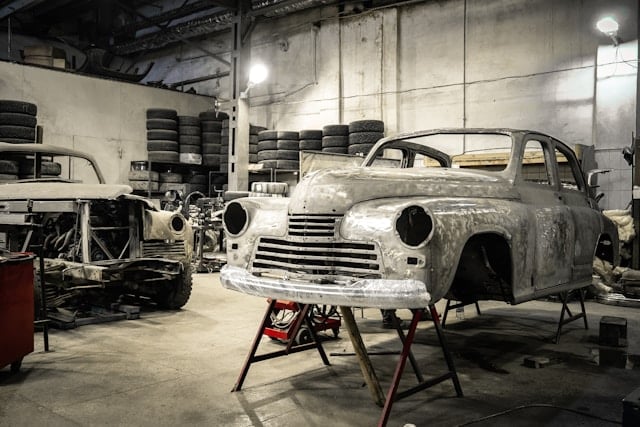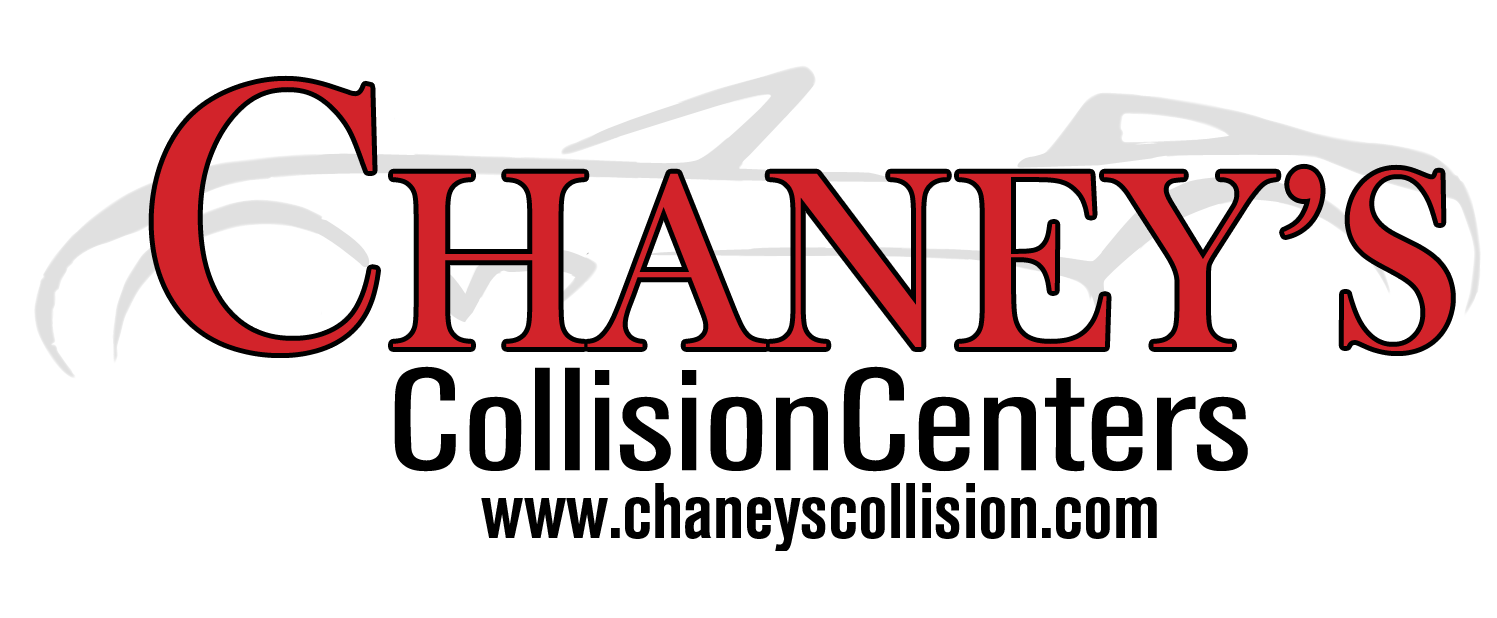Understanding the Differences Between Structural and Cosmetic Damage
 When a vehicle is involved in an accident, the resulting damage can typically be categorized into two main types: structural and cosmetic. Each type of damage affects the vehicle differently and requires distinct repair strategies. It’s crucial for vehicle owners to understand these differences to ensure appropriate repairs are carried out, thereby maintaining the vehicle’s safety, functionality, and value. This article explains the fundamental distinctions between structural and cosmetic damage, helping you make informed decisions about the repairs your vehicle may need.
When a vehicle is involved in an accident, the resulting damage can typically be categorized into two main types: structural and cosmetic. Each type of damage affects the vehicle differently and requires distinct repair strategies. It’s crucial for vehicle owners to understand these differences to ensure appropriate repairs are carried out, thereby maintaining the vehicle’s safety, functionality, and value. This article explains the fundamental distinctions between structural and cosmetic damage, helping you make informed decisions about the repairs your vehicle may need.
What is Structural Damage?
Definition and Impact
Structural damage refers to harm done to the core supporting structures of a vehicle, including the frame, chassis, or any part that affects the integrity of the vehicle. This type of damage is often the result of high-impact collisions and can significantly affect the vehicle’s safety and performance.
Detection and Repair
Detecting structural damage often requires a professional inspection using specialized equipment, as the issues may not always be visible to the untrained eye. Repairing structural damage is complex and generally involves techniques like realignment, welding, and sometimes the replacement of entire sections of the frame or body. Because of the critical nature of this damage, it is crucial that repairs are performed by skilled technicians in certified auto repair shops.
What is Cosmetic Damage?
Definition and Characteristics
Cosmetic damage pertains to issues that affect the appearance of the vehicle but do not compromise its structural integrity or mechanical functionality. Common examples include scratches, dents, paint chips, and minor bumper damage. This type of damage is typically superficial and does not impact the vehicle’s operational capabilities.
Approaches to Repair
Cosmetic repairs are often less complex and can be addressed with simpler procedures such as paint touch-ups, dent pulling, or parts replacement that do not involve the vehicle’s core structure. Many cosmetic issues can be fixed at auto body shops without the need for extensive diagnostics or invasive repairs.
The Importance of Correct Identification
Safety and Resale Value
Understanding whether damage is structural or cosmetic is crucial for safety reasons. Structural damage can pose significant safety risks if not properly addressed, as it may affect the vehicle’s ability to withstand future accidents. Moreover, unidentified structural damage can severely impact the vehicle’s resale value. Conversely, cosmetic damage primarily affects aesthetic appeal and may reduce resale value but doesn’t typically endanger passengers.
Insurance and Claims
For insurance purposes, differentiating between structural and cosmetic damage is essential. Insurance claims for structural damage might involve a more comprehensive process, given the severity and the cost associated with the repairs. Correctly identifying the damage type ensures that claims are filed accurately and helps prevent potential disputes with insurance providers.
Conclusion
Recognizing the differences between structural and cosmetic damage is key to handling vehicle repairs after an accident. Vehicle owners should prioritize professional assessments to ensure that all damage, particularly structural, is accurately identified and appropriately repaired. By understanding these distinctions, you can take the necessary steps to restore your vehicle’s safety, performance, and appearance, while maintaining its value and integrity. Always consult with professional repair technicians who can provide the expertise needed for both assessing damage and performing repairs, whether structural or cosmetic.

